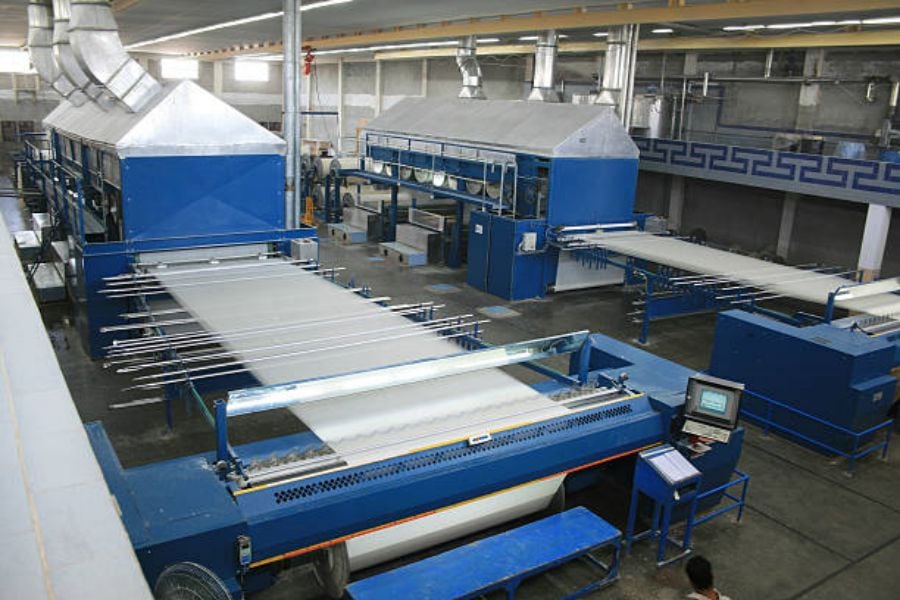Introduction
The roll forming process is a widely used method in the manufacturing industry for shaping various metal materials into desired profiles. This article aims to provide a comprehensive guide to the roll forming process, exploring its various aspects, benefits, applications, and key considerations.
Understanding Roll Forming
Roll forming is a continuous bending operation performed on metal strips or coils to produce complex shapes with consistent cross-sections. It involves feeding the material through a series of rollers, gradually bending it into the desired shape. The roll forming process is highly efficient and cost-effective, making it a popular choice for large-scale production.
The Roll Forming Machine
A roll forming machine is the key equipment used in the roll forming process. It consists of a series of rollers arranged in a specific configuration, with each roller performing a specific bending or forming operation. The machine is designed to handle different material thicknesses and widths, allowing for flexibility in producing a wide range of profiles.
Advantages of Roll Forming
Roll forming offers several advantages over other metal forming processes:
- Cost-effective: Roll forming eliminates the need for multiple operations and reduces material waste, resulting in lower production costs.
- High production speed: The continuous nature of roll forming enables rapid production rates, making it ideal for high-volume manufacturing.
- Consistent quality: The use of precision rollers ensures consistent and accurate dimensions throughout the entire length of the formed profile.
- Design flexibility: Roll forming can accommodate complex shapes and profiles, allowing for customization to meet specific requirements.
- Material savings: Roll forming optimizes material usage by minimizing scrap and utilizing the full length of the coil, leading to cost savings.
Applications of Roll Forming
The roll forming process finds application in various industries, including:
- Automotive: Roll-formed components such as chassis, door frames, and roof rails are widely used in the automotive industry for their strength and precision.
- Construction: Roll-formed steel profiles are extensively used in building construction for structural elements, roofing, and wall systems.
- Appliances: Many household appliances, such as refrigerators and ovens, utilize roll-formed parts for their durability and aesthetic appeal.
- Furniture: Roll-formed metal components are commonly found in furniture, providing strength and stability to chairs, tables, and cabinets.
- Electrical: Electrical enclosures and cable trays are often produced using the roll forming process due to its efficiency and cost-effectiveness.
Factors Affecting the Roll Forming Process
Several factors influence the success of the roll forming process:
- Material properties: The type and properties of the material being formed, such as its strength, ductility, and thickness, impact the roll forming process.
- Roll design: The design of the rolls, including the number of forming stations, profile contours, and material support, affects the final shape and quality of the formed profile.
- Line speed: The speed at which the material is fed through the roll forming machine determines the production rate and affects the overall process stability.
- Lubrication: Proper lubrication is essential to reduce friction between the material and the rolls, preventing surface defects and prolonging tool life.
- Tooling maintenance: Regular maintenance and inspection of the roll forming tooling are necessary to ensure optimal performance and minimize downtime.
Roll Forming Process Variations
While the basic roll forming process remains the same, variations exist to cater to specific requirements:
- Pre-punching: Some roll forming machines incorporate pre-punching stations to create holes or notches in the material during the forming process.
- Cut-off operations: Roll-formed profiles can be cut to the desired length within the roll forming machine using various cutting techniques.
- Embossing and marking: Additional stations can be integrated into the roll forming machine to emboss logos, part numbers, or other markings onto the formed profiles.
- Post-forming operations: After roll forming, additional operations such as welding, bending, or assembly may be required to complete the final product.
Ensuring Quality in Roll Forming
To ensure high-quality roll-formed products, manufacturers should consider the following:
- Material selection: Choosing the appropriate material with the required strength and surface finish is crucial for achieving the desired product characteristics.
- Quality control measures: Implementing rigorous quality control processes, including dimensional checks, surface inspections, and material testing, helps identify and rectify any deviations.
- Operator training: Well-trained operators who understand the roll forming process and its variables can effectively monitor and adjust the machine settings as needed.
- Maintenance and calibration: Regular maintenance and calibration of the roll forming machine and tooling prevent issues and ensure consistent product quality.
Conclusion
The roll forming process is a versatile and efficient method for producing complex metal profiles with consistent cross-sections. Its numerous advantages, wide range of applications, and ability to accommodate various material thicknesses make it a preferred choice in many industries. By understanding the key factors influencing the process and implementing quality control measures, manufacturers can achieve high-quality roll-formed products that meet customer requirements.

